Introduction:
The fashion landscape is a dynamic tapestry where creativity knows no bounds, and runway shows serve as the birthplace of avant-garde designs that push the boundaries of sartorial expression. However, the true magic lies in the ability to seamlessly translate high fashion into everyday wear, making it accessible to individuals navigating the streets of their daily lives. This essay delves into the art of transforming runway styles into practical, wearable ensembles that captivate both the fashion elite and the everyday fashion enthusiast.
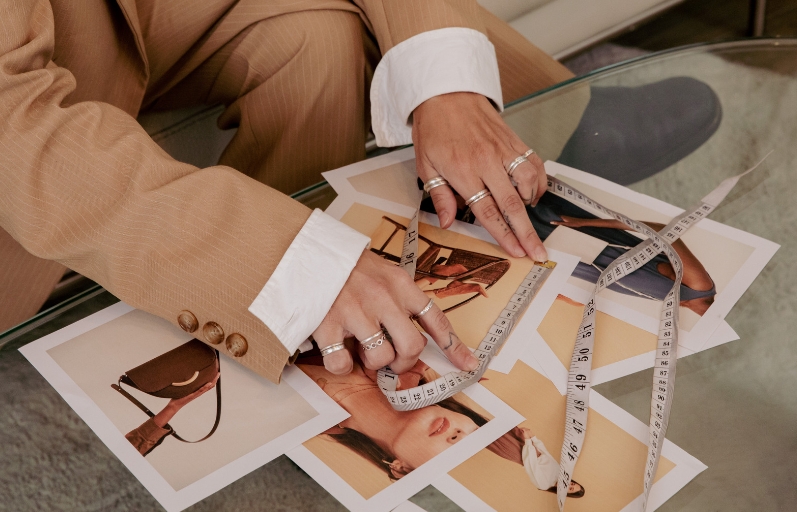
Understanding High Fashion’s Language:
High fashion, showcased on the runways of Paris, Milan, and New York, often speaks a bold and experimental language. Extravagant silhouettes, avant-garde designs, and artistic expressions define these runway moments. The challenge lies in decoding this language and distilling its essence into wearable pieces that resonate with the broader audience.
Identifying Key Elements:
The first step in adapting high fashion for everyday wear involves identifying key elements within the runway designs. This could be a unique color palette, a specific fabric, or distinctive detailing. By honing in on these elements, fashion enthusiasts can capture the essence of high fashion without replicating the entire look.
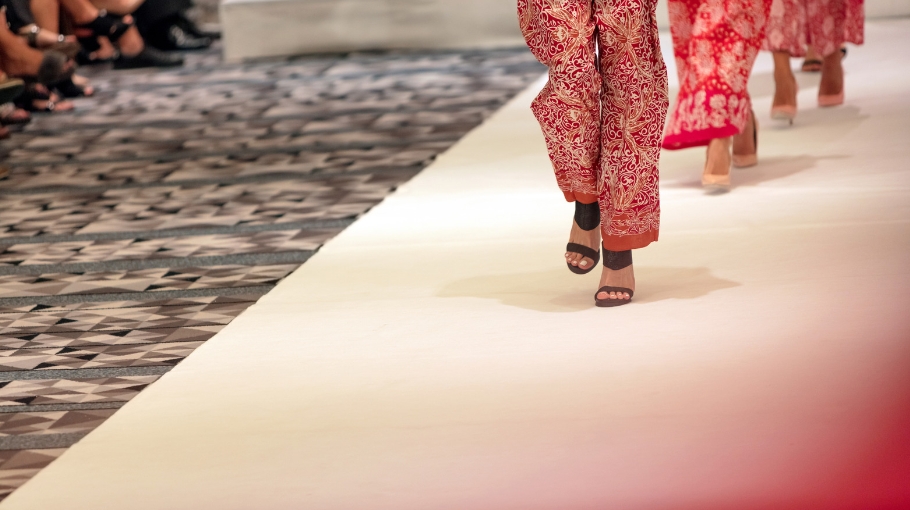
Simplifying Silhouettes:
Runway designs often feature exaggerated and theatrical silhouettes that may not be practical for everyday life. Adapting high fashion involves simplifying these silhouettes to create wearable yet distinctive looks. For example, oversized sleeves can be toned down, and dramatic flares can be refined to offer a subtle nod to runway aesthetics.
Embracing Statement Accessories:
Accessories play a pivotal role in translating high fashion for everyday wear. Statement accessories, such as bold handbags, oversized sunglasses, or avant-garde jewelry, can instantly elevate a simple outfit. These pieces become the bridge between the runway and the street, adding flair without overwhelming the overall look.
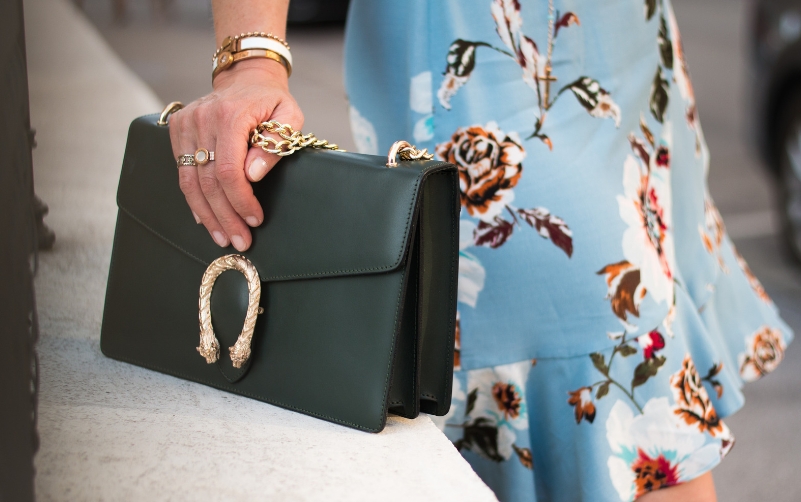
Mixing High and Low:
An effective strategy for adapting high fashion is to embrace the mix of high-end and affordable pieces. Incorporating a statement designer piece with more accessible, budget-friendly items allows individuals to create runway-inspired looks without breaking the bank. This approach democratizes fashion, making it inclusive and accessible to a broader audience.
Play with Prints and Patterns:
Runway designs often showcase elaborate prints and patterns that define the collection’s theme. To adapt these bold patterns for everyday wear, consider incorporating them into more conventional pieces. For instance, a floral print blouse paired with neutral trousers or a geometric-patterned skirt worn with a classic white shirt strikes a balance between runway boldness and practicality.
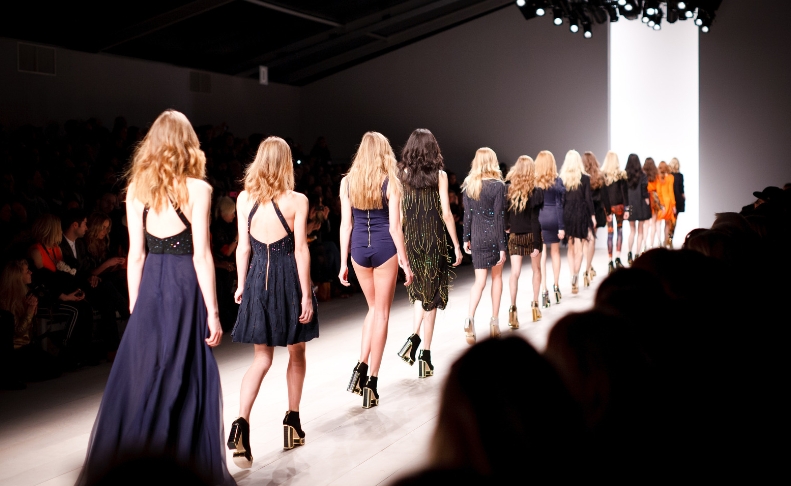
Tailoring for Versatility:
Runway pieces may be tailored for dramatic effect on the stage, but for everyday wear, practicality is key. Tailoring garments to fit well and flatter the individual’s body while maintaining a sense of versatility is crucial. This allows for easy transitions between day and night, work and leisure, without compromising on style.
Cultural Inspirations in Everyday Wear:
High fashion often draws inspiration from diverse cultures, and translating this influence into everyday wear can be a celebration of global fashion. Incorporating cultural elements, such as textiles, embroidery, or traditional motifs, into everyday clothing adds depth and a unique touch to the ensemble, fostering a global fusion of style.
Layering with Purpose:
Runway looks are often characterized by elaborate layering, showcasing the designer’s vision and creativity. Adapting this for everyday wear involves layering with a purpose. Experiment with lightweight layers, such as a stylish jacket or a patterned scarf, to add depth and interest to a simple outfit without overwhelming it.
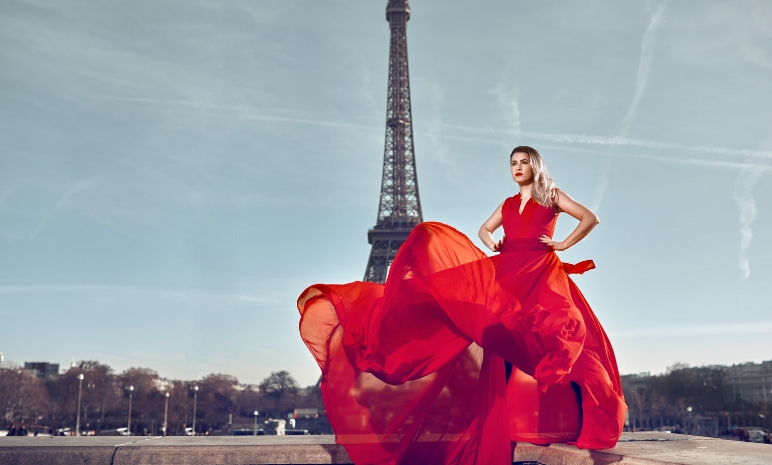
Color Coordination and Monochromatic Palettes:
High fashion often embraces bold color choices, and adapting this for everyday wear can be achieved through mindful color coordination. Experimenting with monochromatic palettes or incorporating pops of vibrant hues into neutral outfits allows individuals to infuse a touch of runway glamour into their daily attire.
Celebrating Individual Expression:
While adapting high fashion for everyday wear involves drawing inspiration from runways, it’s essential to celebrate individual expression. Encouraging creativity and personal style allows individuals to interpret runway trends in a way that feels authentic to them, fostering a diverse and inclusive fashion landscape.

Conclusion:
From runway to street, the journey of adapting high fashion for everyday wear is a captivating exploration of style and self-expression. By understanding the language of high fashion, identifying key elements, and simplifying silhouettes, fashion enthusiasts can infuse their daily wardrobe with runway-inspired creativity. Embracing statement accessories, mixing high and low pieces, playing with prints, and celebrating individual expression are all essential elements in making high fashion accessible and relevant to the diverse realities of everyday life. As the boundaries between the runway and the street continue to blur, the fashion world becomes a canvas where individuals can paint their unique narratives, celebrating the artistry and innovation that define both high fashion and everyday wear.